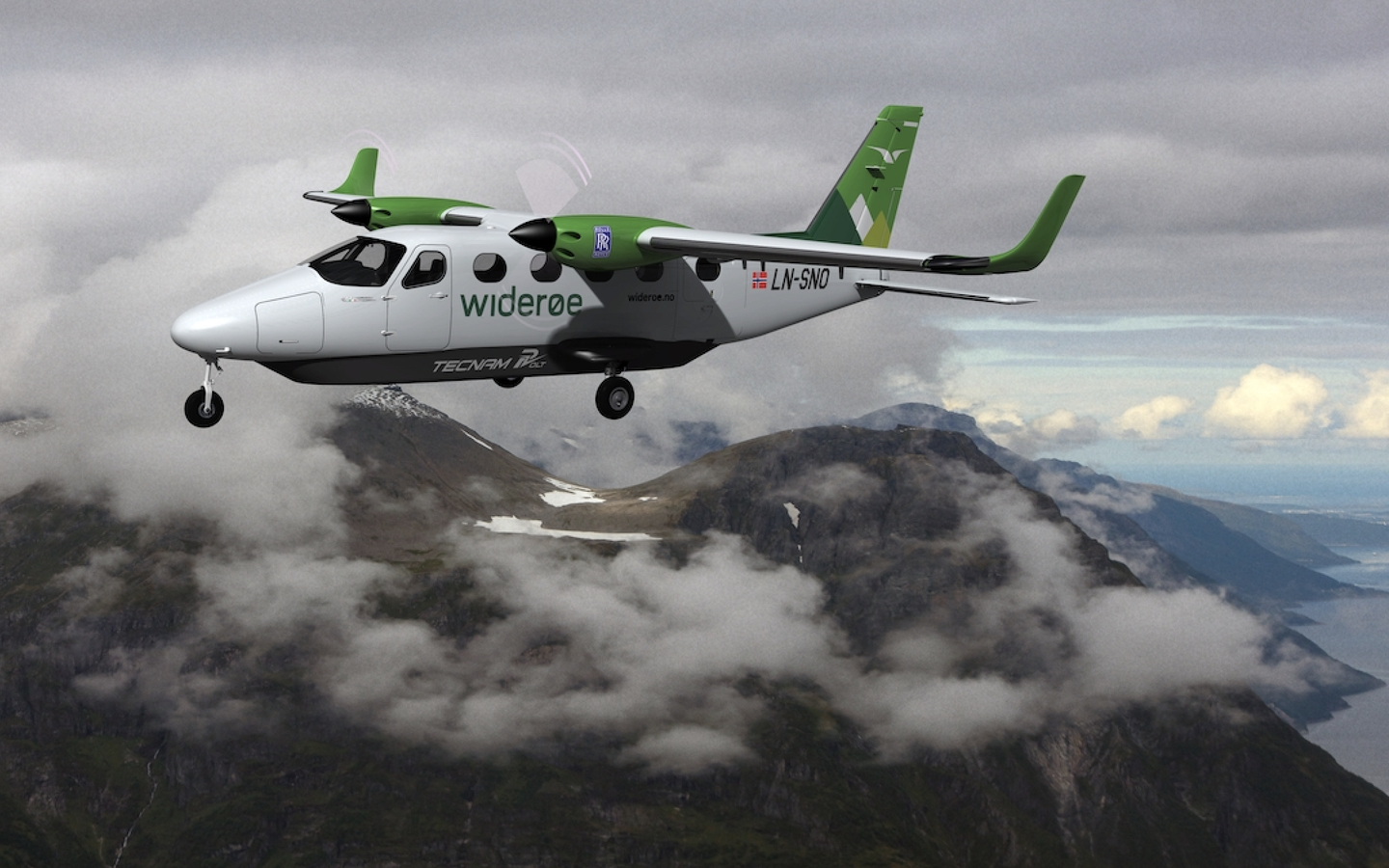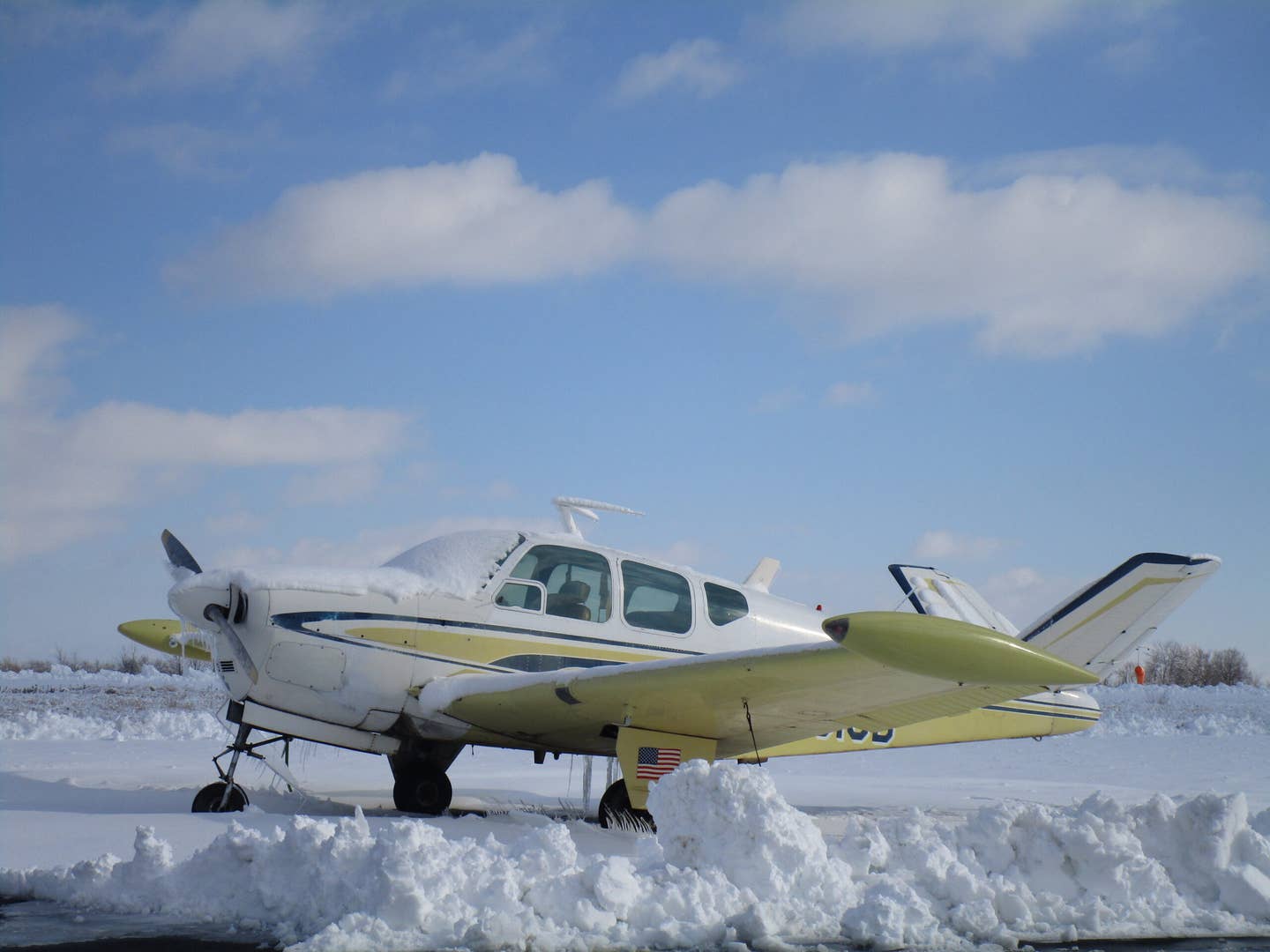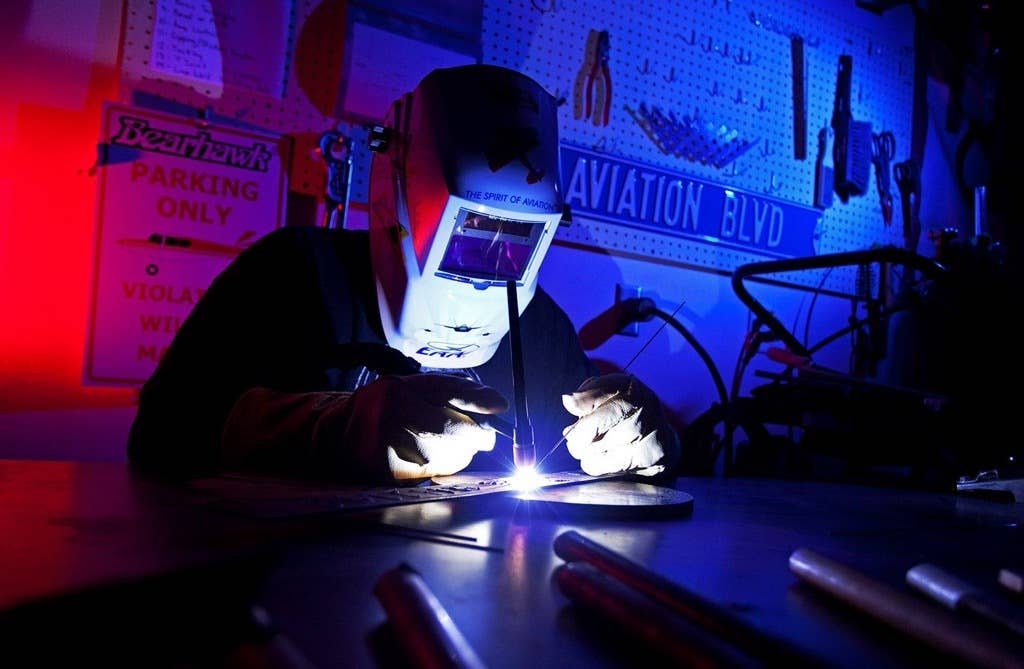Electric Airliners Coming Soon, As Scandinavian Carrier Goes With Tecnam P-Volt
Rolls-Royce is developing the motors for the nine-passenger short-haul twin. It could be a natural fit for some U.S. operators, too. Seriously. It really could.

The skies over Norway are about to get greener. Short-haul airline Widerøe and Rolls-Royce have announced that the airline is committed to launching services throughout the Scandinavian country with Tecnam's P-Volt all-electric nine-passenger (11-seat) twin beginning in 2026. Rolls-Royce is developing the propulsion system as part of its Electric division, formed when it acquired the Siemens eAircraft business in 2019. Rolls-Royce and Tecnam are also working together on a hybrid gas-electric version of the Italian airframer's four-seat P2010. Widerøe did not say how many P-Volts it plans to acquire.
The P-Volt is the electric-powered version of Tecnam's P2012 piston-powered model. U.S. short-haul carrier Cape Air has six P2012s, with a total of more than 100 on order, though it voluntarily grounded them in August 2020, "!not due to a technical or mechanical issue," according to a company memo, but pending resolution of a regulatory issue between the FAA and EASA." Ultimately, Cape Air plans to replace its fleet of aging Cessna 402 piston twins with P2012s.
Since Cape Air specializes in serving short routes, including the 22 nm flight from Hyannis Airport on Cape Cod to Martha's Vineyard off the coast of Massachusetts, it could be a logical customer for the P-Volt.
Widerøe serves some 44 airports in Norway, with a pre-pandemic schedule of some 400 flights per day. Approximately 300 of those are less than 150 nm The P2012 cruises at 190 knots, which would mean most of Widerøe's flights would be less than an hour. Tecnam has yet to announce endurance or range figures for the developmental P-Volt, though it is likely to be significantly less than the gas-powered P2012's 870 nautical miles.
The Norwegian government is supporting the introduction of the P-Volt as part of its initiative to achieve an 80% reduction in emissions by 2040.

Subscribe to Our Newsletter
Get the latest Plane & Pilot Magazine stories delivered directly to your inbox






